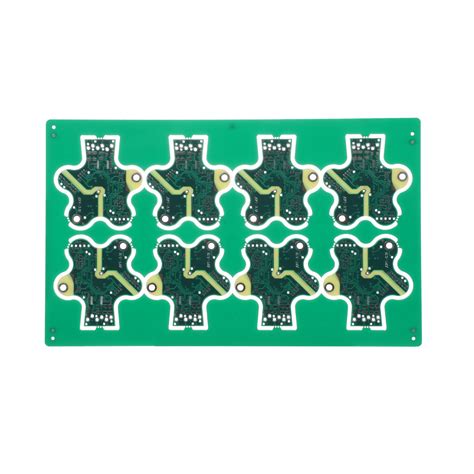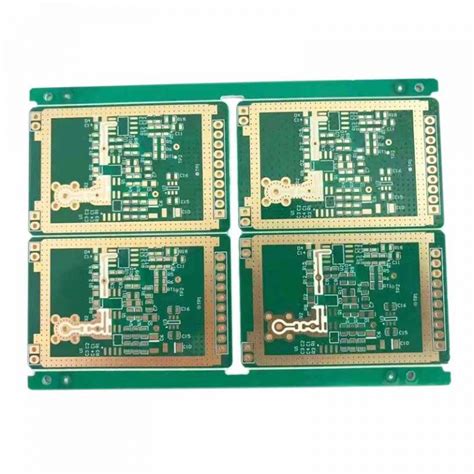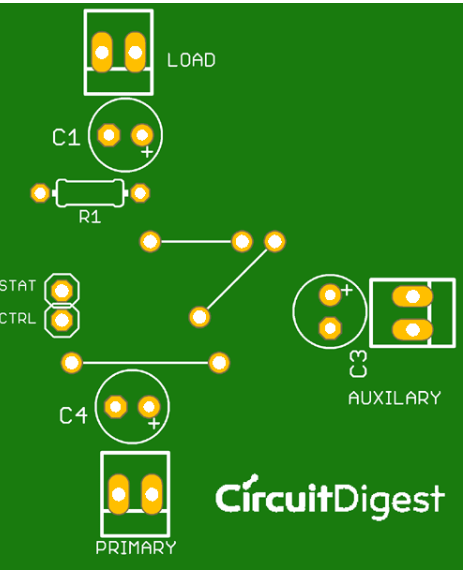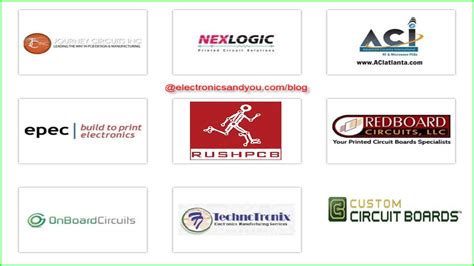Thermal Clad PCBs: Revolutionizing Heat Management in Electronics
Introduction
In the rapidly evolving world of electronics, the demand for high-performance, reliable, and compact devices has never been greater. As electronic components become more powerful and densely packed, managing heat dissipation has emerged as a critical challenge. Excessive heat can lead to component failure, reduced performance, and shorter device lifespans. To address these issues, engineers and designers have turned to advanced materials and technologies, one of which is the Thermal Clad Printed Circuit Board (PCB). Thermal Clad PCBs, also known as metal-clad PCBs or insulated metal substrates (IMS), have become a cornerstone in modern electronics design, particularly in applications where efficient thermal management is paramount.
This article explores the concept of Thermal Clad PCBs, their construction, advantages, applications, and the future of this technology in the electronics industry.
What is a Thermal Clad PCB?
A Thermal Clad PCB is a specialized type of printed circuit board designed to enhance heat dissipation in electronic devices. Unlike traditional PCBs, which use non-conductive substrates like FR-4, Thermal Clad PCBs incorporate a metal base layer, typically aluminum or copper, to improve thermal conductivity. The metal layer acts as a heat sink, drawing heat away from critical components and dissipating it into the surrounding environment.
The structure of a Thermal Clad PCB typically consists of three layers:
- Metal Base Layer: This is the core of the Thermal Clad PCB, usually made of aluminum or copper. The metal base provides excellent thermal conductivity and mechanical strength.
- Dielectric Layer: A thin, thermally conductive but electrically insulating layer is applied on top of the metal base. This layer ensures electrical isolation while allowing heat to transfer efficiently from the circuit layer to the metal base.
- Circuit Layer: The top layer contains the copper traces and components, forming the electrical circuitry of the PCB.
This unique construction enables Thermal Clad PCBs to handle high-power applications and operate in demanding environments where traditional PCBs would struggle.

Advantages of Thermal Clad PCBs
Thermal Clad PCBs offer several advantages over conventional PCBs, making them an ideal choice for applications requiring efficient heat management. Some of the key benefits include:
- Superior Thermal Management: The metal base layer provides exceptional heat dissipation, reducing the risk of overheating and improving the reliability of electronic components.
- Compact Design: By integrating thermal management into the PCB itself, Thermal Clad PCBs eliminate the need for additional heat sinks or cooling systems, allowing for more compact and lightweight designs.
- Enhanced Durability: The metal base layer adds mechanical strength to the PCB, making it more resistant to physical stress and vibration.
- Improved Performance: Efficient heat dissipation ensures that components operate within their optimal temperature range, leading to better performance and longer lifespans.
- Cost-Effectiveness: While Thermal Clad PCBs may have a higher upfront cost, their ability to reduce the need for external cooling solutions can lead to overall cost savings in the long run.
- Versatility: Thermal Clad PCBs can be customized to meet the specific requirements of various applications, making them suitable for a wide range of industries.
Applications of Thermal Clad PCBs
Thermal Clad PCBs are widely used in industries where thermal management is critical. Some of the most common applications include:
- LED Lighting: High-power LED lighting systems generate significant amounts of heat, which can degrade performance and reduce lifespan. Thermal Clad PCBs are extensively used in LED applications to ensure efficient heat dissipation and maintain optimal operating conditions.
- Power Electronics: Devices such as power converters, inverters, and motor drives require robust thermal management to handle high currents and voltages. Thermal Clad PCBs are ideal for these applications due to their ability to dissipate heat effectively.
- Automotive Electronics: The automotive industry relies on Thermal Clad PCBs for applications such as engine control units, LED headlights, and power distribution systems. The durability and thermal performance of these PCBs make them well-suited for the harsh conditions found in vehicles.
- Consumer Electronics: As consumer devices become more powerful and compact, Thermal Clad PCBs are increasingly used in products like smartphones, laptops, and gaming consoles to manage heat and improve performance.
- Industrial Equipment: Heavy machinery and industrial equipment often operate in high-temperature environments. Thermal Clad PCBs help ensure reliable operation by preventing overheating and component failure.
- Renewable Energy: In solar inverters and wind turbine control systems, Thermal Clad PCBs play a crucial role in managing heat generated by power electronics.
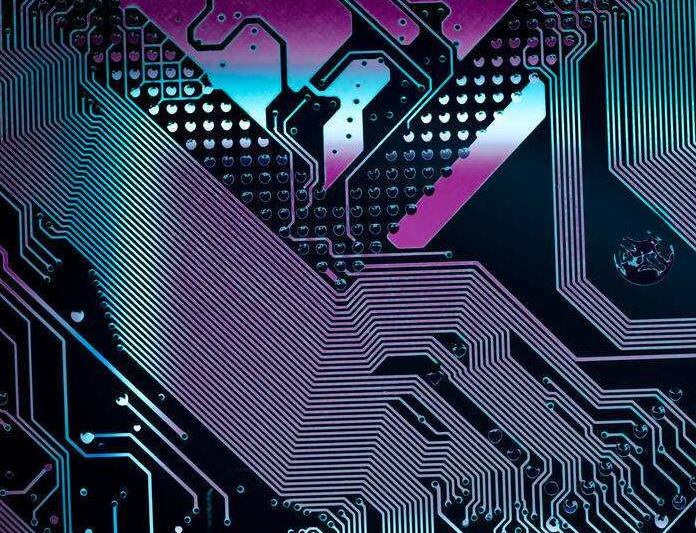
Design Considerations for Thermal Clad PCBs
Designing a Thermal Clad PCB requires careful consideration of several factors to ensure optimal performance. Some key design considerations include:
- Material Selection: The choice of metal base (aluminum or copper) and dielectric layer depends on the specific thermal and electrical requirements of the application. Aluminum is lightweight and cost-effective, while copper offers superior thermal conductivity.
- Thermal Conductivity: The dielectric layer must strike a balance between electrical insulation and thermal conductivity. High-quality dielectric materials ensure efficient heat transfer without compromising electrical performance.
- Component Placement: Proper placement of heat-generating components is critical to maximize heat dissipation. Components should be positioned close to the metal base to facilitate heat transfer.
- Trace Routing: Careful routing of copper traces helps minimize heat buildup and ensures even distribution of thermal energy across the PCB.
- Manufacturing Process: The fabrication of Thermal Clad PCBs involves specialized processes, such as laser drilling and precision bonding, to ensure the integrity of the metal base and dielectric layers.
Challenges and Future Trends
While Thermal Clad PCBs offer numerous advantages, they also present certain challenges. For instance, the cost of materials and manufacturing can be higher compared to traditional PCBs. Additionally, the design and fabrication processes require specialized expertise, which may limit their adoption in some applications.
However, ongoing advancements in materials science and manufacturing technologies are addressing these challenges. For example, the development of advanced dielectric materials with higher thermal conductivity and improved electrical insulation is enhancing the performance of Thermal Clad PCBs. Similarly, innovations in additive manufacturing and automation are reducing production costs and lead times.
Looking ahead, the demand for Thermal Clad PCBs is expected to grow as the electronics industry continues to push the boundaries of performance and miniaturization. Emerging applications in areas such as 5G telecommunications, electric vehicles, and artificial intelligence will further drive the adoption of this technology.
Conclusion
Thermal Clad PCBs represent a significant advancement in the field of electronics, offering unparalleled thermal management capabilities in a compact and durable package. Their ability to dissipate heat efficiently makes them indispensable in high-power and high-temperature applications, from LED lighting to automotive electronics. As technology continues to evolve, Thermal Clad PCBs will play an increasingly important role in enabling the next generation of electronic devices.
By addressing the challenges of heat management, Thermal Clad PCBs are not only improving the performance and reliability of electronic systems but also paving the way for innovative designs and applications. As the electronics industry continues to demand higher performance and greater efficiency, Thermal Clad PCBs will remain at the forefront of thermal management solutions, driving progress and innovation in the years to come.
This article provides a comprehensive overview of Thermal Clad PCBs, highlighting their importance in modern electronics and their potential to shape the future of the industry.

